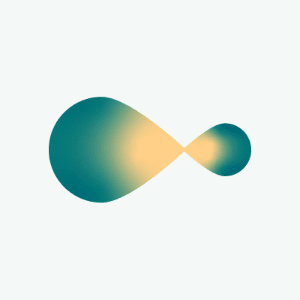Cross-chain interoperability is one of the core challenges facing the development of the blockchain industry. Lagrange is providing a novel solution to this problem through its innovative recursive zero-knowledge proof technology, redefining the standards and possibilities of cross-chain interactions.
The core advantage of recursive proof technology lies in its composability and scalability. Although traditional zero-knowledge proof technology can provide effective verification solutions, it often faces efficiency bottlenecks when handling large-scale, multi-layer verification tasks. Lagrange's recursive proof solves this problem perfectly by nesting and combining multiple proofs to ultimately generate a unified verification proof. This technological architecture ensures that verification costs do not increase linearly with verification complexity but remain relatively stable.
In practical application, recursive proof technology has brought revolutionary changes to cross-chain interactions. Taking cross-chain asset transfers as an example, traditional solutions require reliance on multi-signatures or third-party custody, presenting centralization risks and trust issues. Based on Lagrange's technology, users can verify the validity of cross-chain transactions entirely through cryptographic proofs without trusting any intermediary institutions. This change not only enhances security but also significantly reduces transaction costs and time consumption.
$LA tokens play a key role in this ecosystem. Node operators gain eligibility to participate in proof generation by staking $LA and receive corresponding rewards based on their contributions. This economic model ensures that the network maintains a sufficient level of decentralization while providing token holders the opportunity to participate in network construction and earn rewards.
Compared to traditional bridging solutions, Lagrange's technical solution has significant advantages. First, it eliminates reliance on third-party trust, ensuring security entirely through mathematical algorithms. Second, verification costs are significantly reduced, making even the most complex cross-chain operations feasible at acceptable costs. Most importantly, this solution provides greater design space for future cross-chain application innovations.
In terms of technical implementation, Lagrange adopts a modular architecture design, allowing different blockchains to flexibly integrate its proof services according to their needs. This design philosophy aligns closely with the current trend of modular development in the blockchain industry, laying a solid foundation for the long-term development of the protocol.
@Lagrange Official The team has demonstrated exceptional capabilities in cryptographic research and engineering implementation. Through continuous technological optimization and ecological expansion, Lagrange is becoming an important technology provider in the field of cross-chain interoperability, pushing the entire industry towards a more open and interconnected direction.


